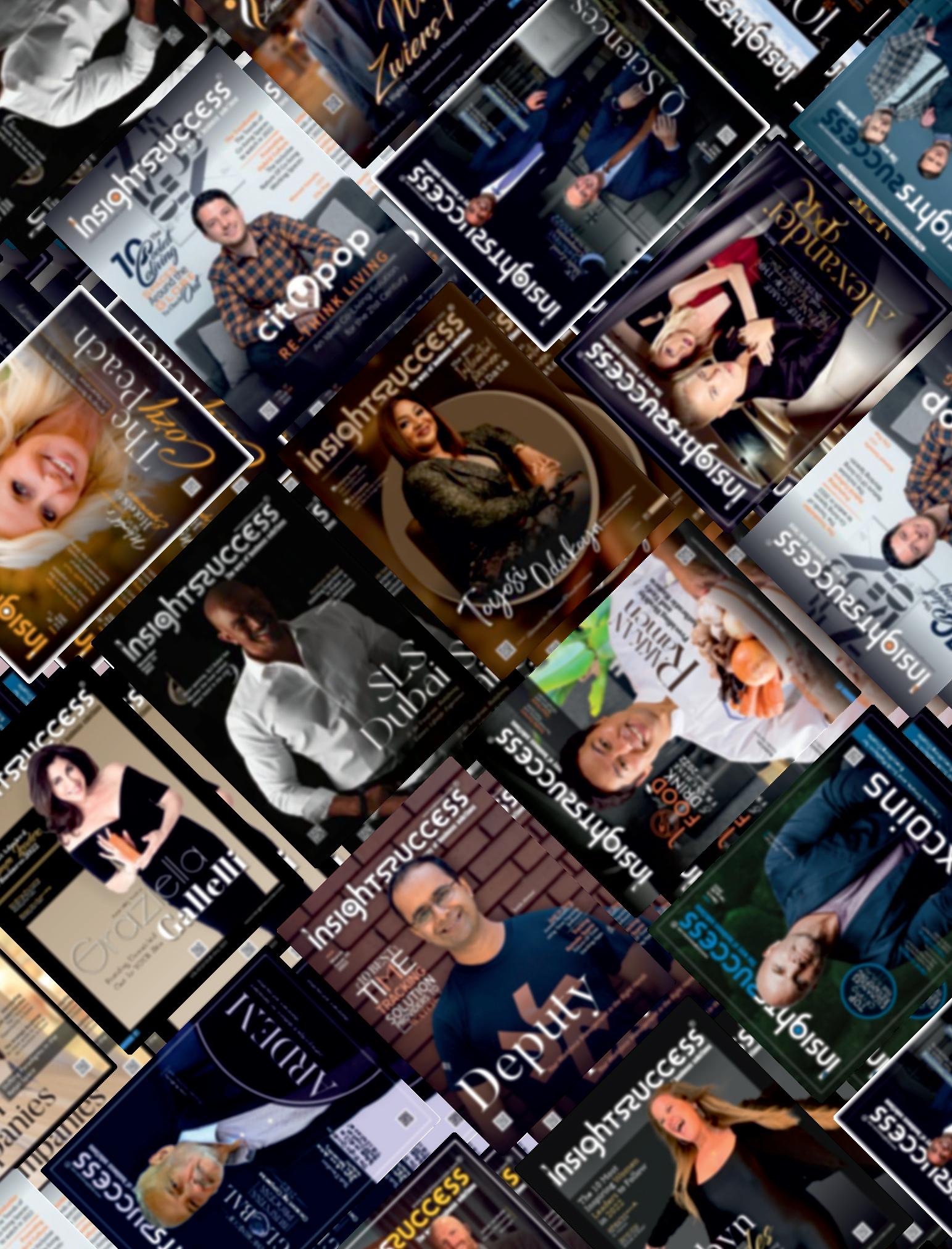



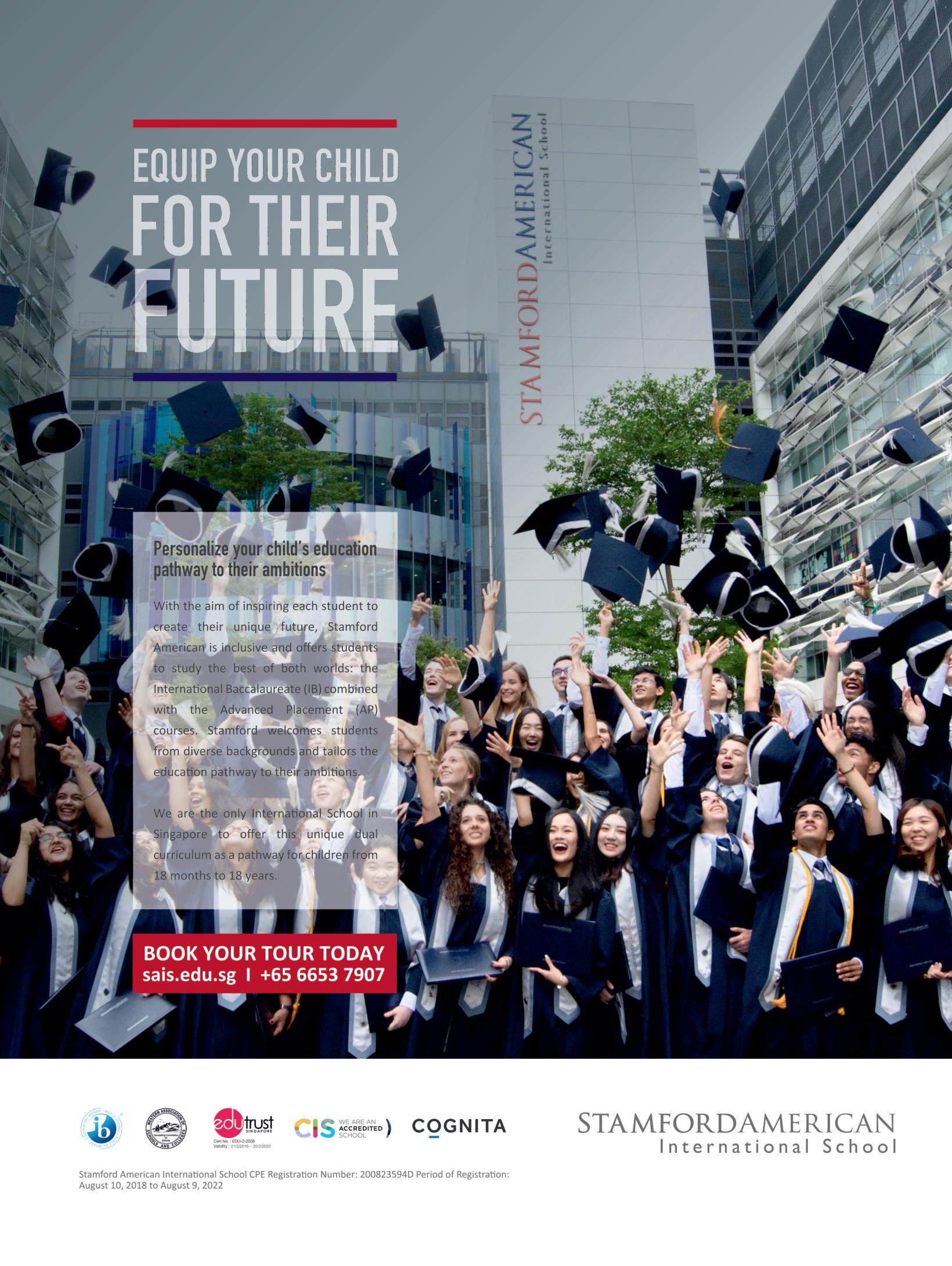
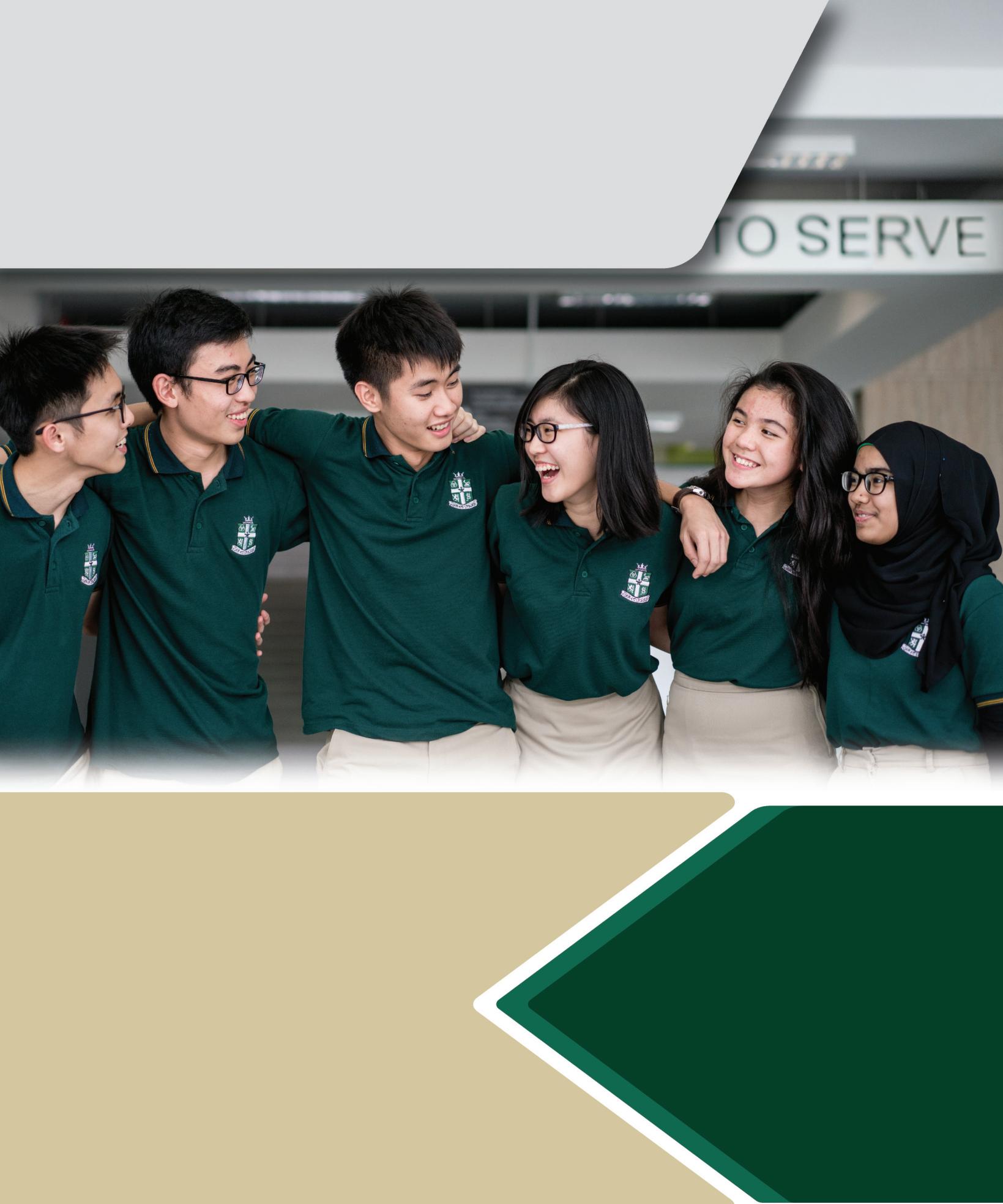







In the ever-changing arena of education, where
technology and information accelerate at lightning speed, innovative leaders provide environments for students to flourish. Our latest edition, Maisie’s Human: Meet Richard, the Pet-Loving MIT Professor, honors one such innovator—Richard Charles Larson. Dubbed “Dr. Queue,” Larson is a renowned engineer, operations researcher, and instructor at MIT’s Institute for Data, Systems, and Society His pioneering research in urban service systems, queueing theory, disaster preparedness, pandemics, logistics, and technology-enabled learning has left a permanent imprint. His book Urban Police Patrol Analysis(1972)receivedtheLanchesterPrize,indicativeof hisdeepimpact.
Larson’spassionforlearningisexemplifiedbyhisleadership of MIT’s BLOSSOMS project to build scalable STEM learning around the world. His combination of intellectual seriousnessandfriendlinessasananimallovermakeshiman endearing, motivating person. This edition celebrates his capacitytoadaptwhileempoweringothers,providingaguide forteachersfacingcontemporarychallenges.
Tofutureteachersandprofessors,thisstoryisaninspiration. Larson’s is a testament to the strength of embracing new technologyandputtingstudentdevelopmentfirst.Hisworkis acalltobuildinclusive,innovativelearningcommunitiesthat ignite wonder Read through this edition to learn how one leader’s vision can transform education’s future with intention and passion. Let it lead you to create change and empowerthenextgeneration.
Enjoythisenrichingread!

F E AT U R I N G

Balancing Technology and Traditional Teaching Methods for a Blended Learning
The Role of Social-Emotional Learning in Shaping Tomorrow’s Leaders

Art
Business
Business
Digital
Co-designer
Marketing





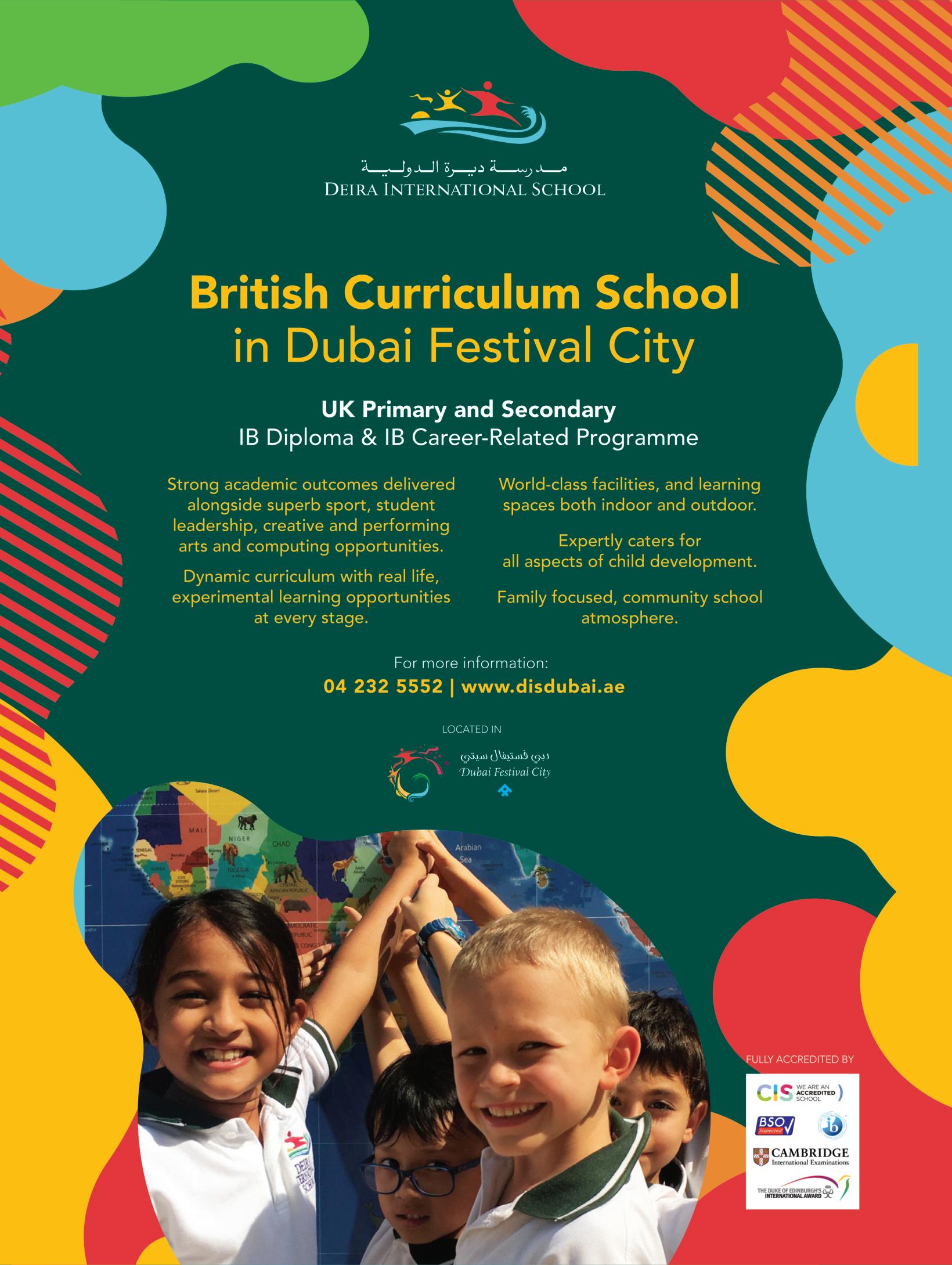
Professor Massachusetts Institute of Technology



The world around us is changing faster than ever, yet the old problems — long waits, unequal access to opportunity,tangledsystemsthatseemimpossibleto untangle — remain stubbornly in place. What’s rare now, morethanjustknowingthemathormasteringthetechnology, istheabilitytoseethepeoplecaughtupinthoseproblemsand bring both sharp analysis and genuine care to solving them. This is where Operations Research steps in: not just a set of tools, but a bridge between cold numbers and warm human needs.
Amongthosewhohavewalkedthisbridgeforoversixtyyears stands Richard Charles Larson He isn’t just a name in a textbookoramindbehindcomplexmodels.He’sthescholar whochosetowrestlewiththechaosofcitylife—emergency responsetimes,theagonyofwaitinginlines—withapassion thatneverlostsightoftheindividualsbehindeverydatapoint. At , where he taught and innovated, Larson earned the MIT nickname “Doctor Queue,” not as a gimmick, but as a testamenttohowdeeplyheunderstoodtheinvisiblestresses wovenintoeverydaywaiting.

“He isn’t just a name in a textbook or a mind behind complex models. He’s the scholar who chose to wrestle with the chaos of city life — emergency response times, the agony of waiting in lines — with a passion that never lost sight of the individuals behind every data point.”
Butthemanbehindthemodelsisalsoquietlyhumaninways youmightneverexpect.TakehiswalksintheMassachusetts woods,wheretheonlysoundbesidestherustlingleavesisthe softpaddingofMaisie,hisgoldenretriever.There,awayfrom graphsandalgorithms,Larsonfindsthespacewhereintellect meets reflection — a reminder that every equation has a heartbeat. His life’s work is proof that the greatest advances come not from cold logic alone, but from pairing it with kindnessandasincerewishtomaketheworldbetter
Let’s dive into the story of a visionary whose passion for teaching and problem-solving revolutionized waiting times, educationaccess,andoperationalsystemsglobally!
FromAppliedMathematicstoLifelongTeaching
Larson’sjourneystartedintheclassroomsofMIT,wherehe wasagraduatestudentstudyingappliedmathematics.Atfirst, hisfocuswasoncomplextheoriesandabstractproblems,but itdidn’ttakelongforhimtorealizethatwhattrulymattered washelpingstudentsunderstanddifficultconcepts.Hefound great satisfaction in those moments when a student’s confusiongavewaytoclearunderstanding—seeingthatshift becameadrivingforceinhiswork.

Overtime,thisexperienceshapedhisbeliefthateducationis muchmorethanjustacquiringknowledge;it’satoolthatcan

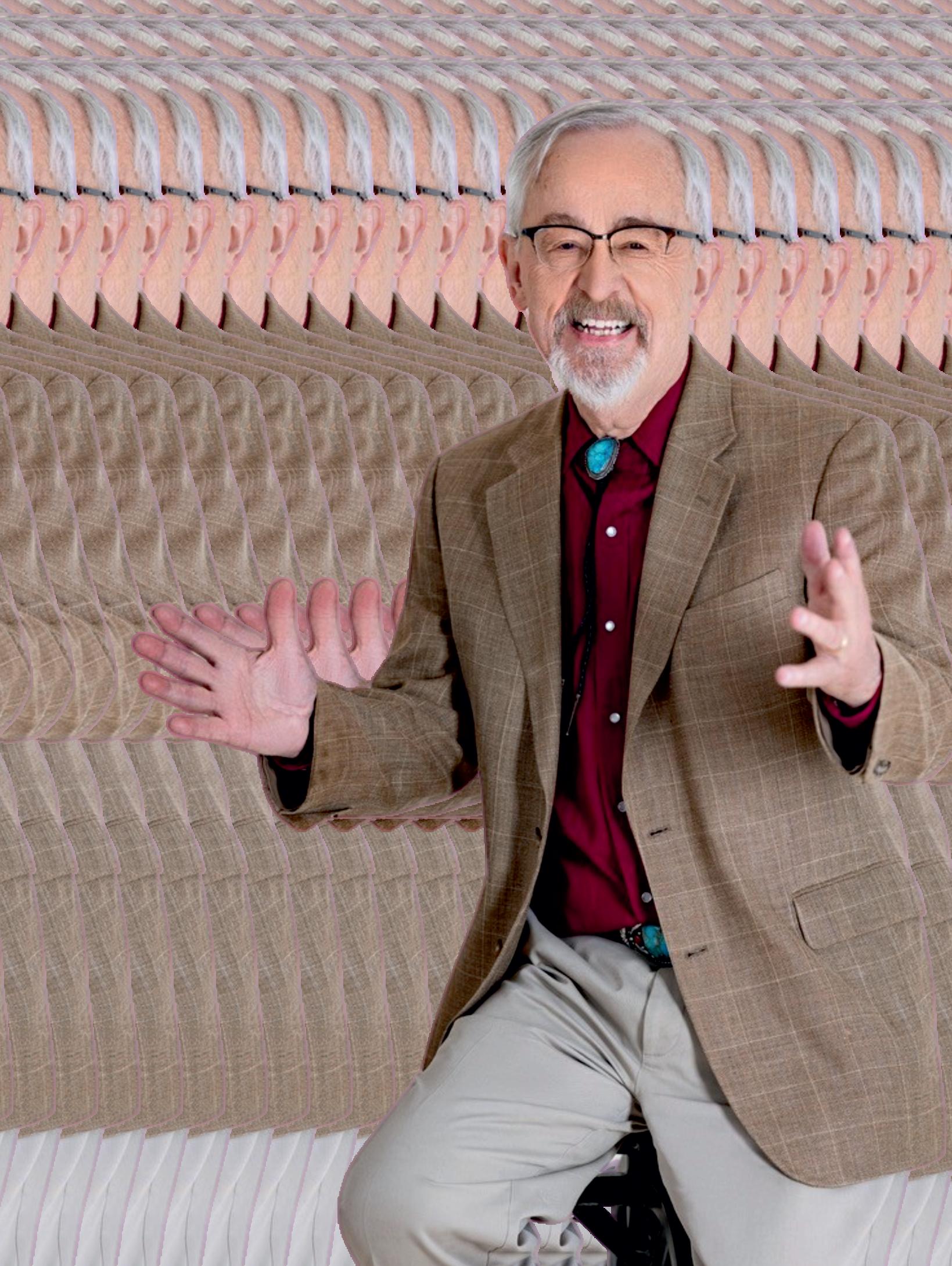

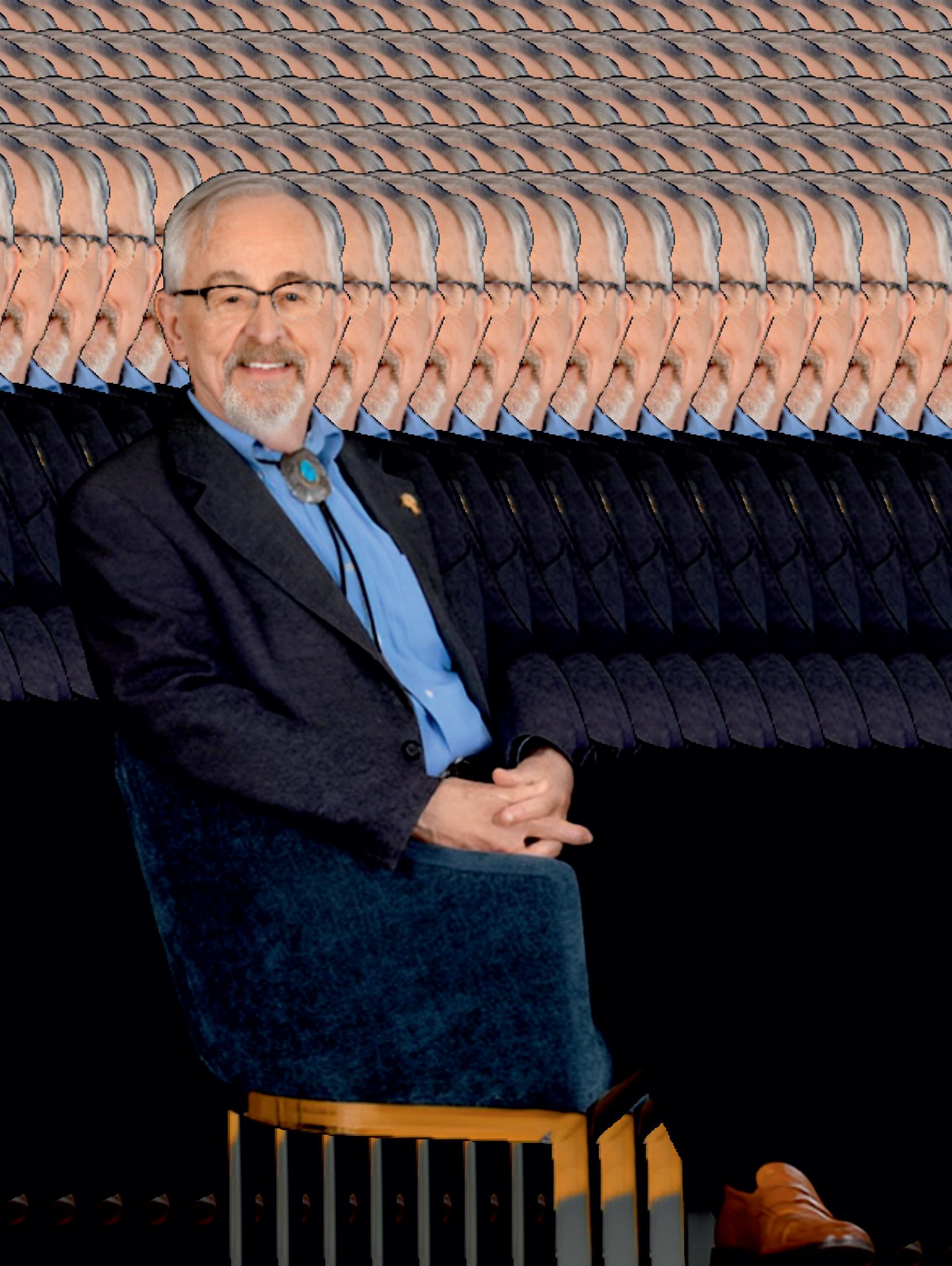

“At MIT, where he taught and innovated, Larson earned the nickname “Doctor Queue,” not as a gimmick, but as a testament to how deeply he understood the invisible stresses woven into everyday waiting.”
open doors and create opportunities, especially for those facingeconomichardships.Unlikematerialthings,education can’tbetakenaway,andithasthepowertochangelives.This idea stayed with Larson throughout his career and inspired him to dedicate himself to making learning accessible and meaningfulforeveryone.
In the 1960s, Larson emerged from the halls of academia to makeatangibledifferenceintherealworld.Partneringwith theRANDCorporation,heundertookapioneeringprojectto model emergency services in New York City His work applied the principles of queueing theory and operations research to the deployment of police, ambulance, and fire services optimizing their response times and saving countlesslives.
This was not merely an academic exercise; his models transformed how cities approached emergency logistics, ensuringthathelparrivedfasterwhensecondscouldmeanthe difference between life and death. His innovations were so influentialthathewasinductedintotheNationalAcademyof Engineering, recognized for his leadership in applying mathematicalmethodstocriticalpublicservices.
DoctorQueueUnlockingthePsychologyofWaiting
Among the general public, Larson became widely known as “Doctor Queue,” a nickname that reflects his expertise in queueing theory — the study of waiting lines, bottlenecks, anddelays.Buthisinsightsextendedbeyondthenumbers.He
discoveredthattheexperienceofwaitingisshapedfarmore bypsychologythanbytheactualtimespent.
“Peoplewouldratherwaittenminutesiftheycanseewhat’s happening than five minutes in the dark,” he explained in countlessinterviews.Transparency,fairness,anddistractions can all ease the frustration of waiting, turning an often exasperating experience into one that feels tolerable, even just.Thisblendofharddataandempathycapturedthepublic imaginationandbroughtahumanfacetoatechnicalfield.
Inthe1990s,Larsonshiftedhisfocustowardeducationitself, recognizing the transformative potential of technology to bridgegapsinaccessandquality.AsDirectorofMIT’sCenter forAdvancedEducationalServices(CAES),hespearheaded innovativeapproachesthatwentbeyondtraditionallectures.
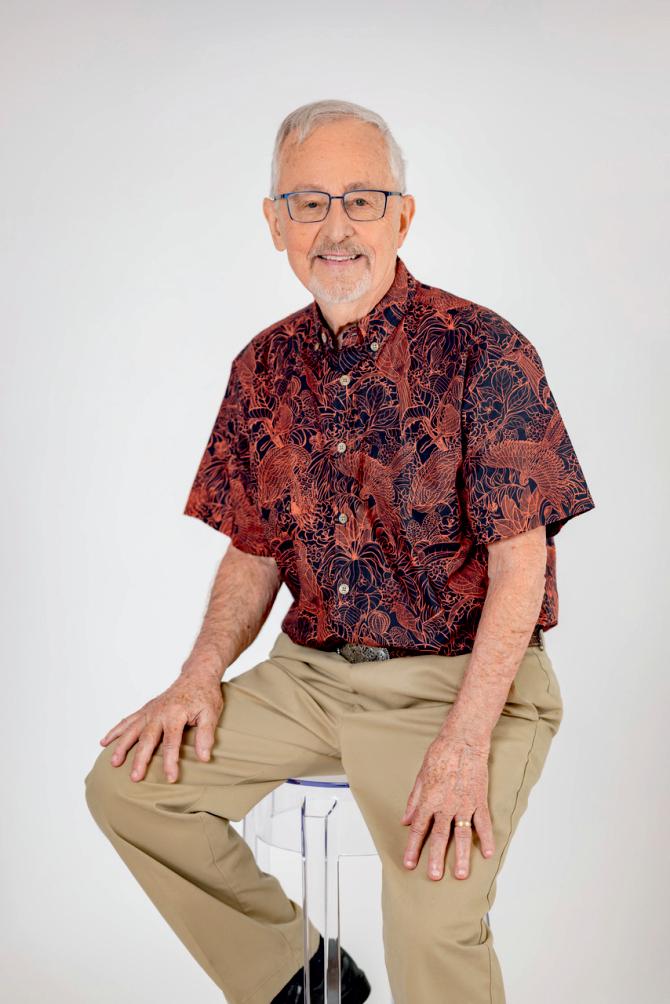

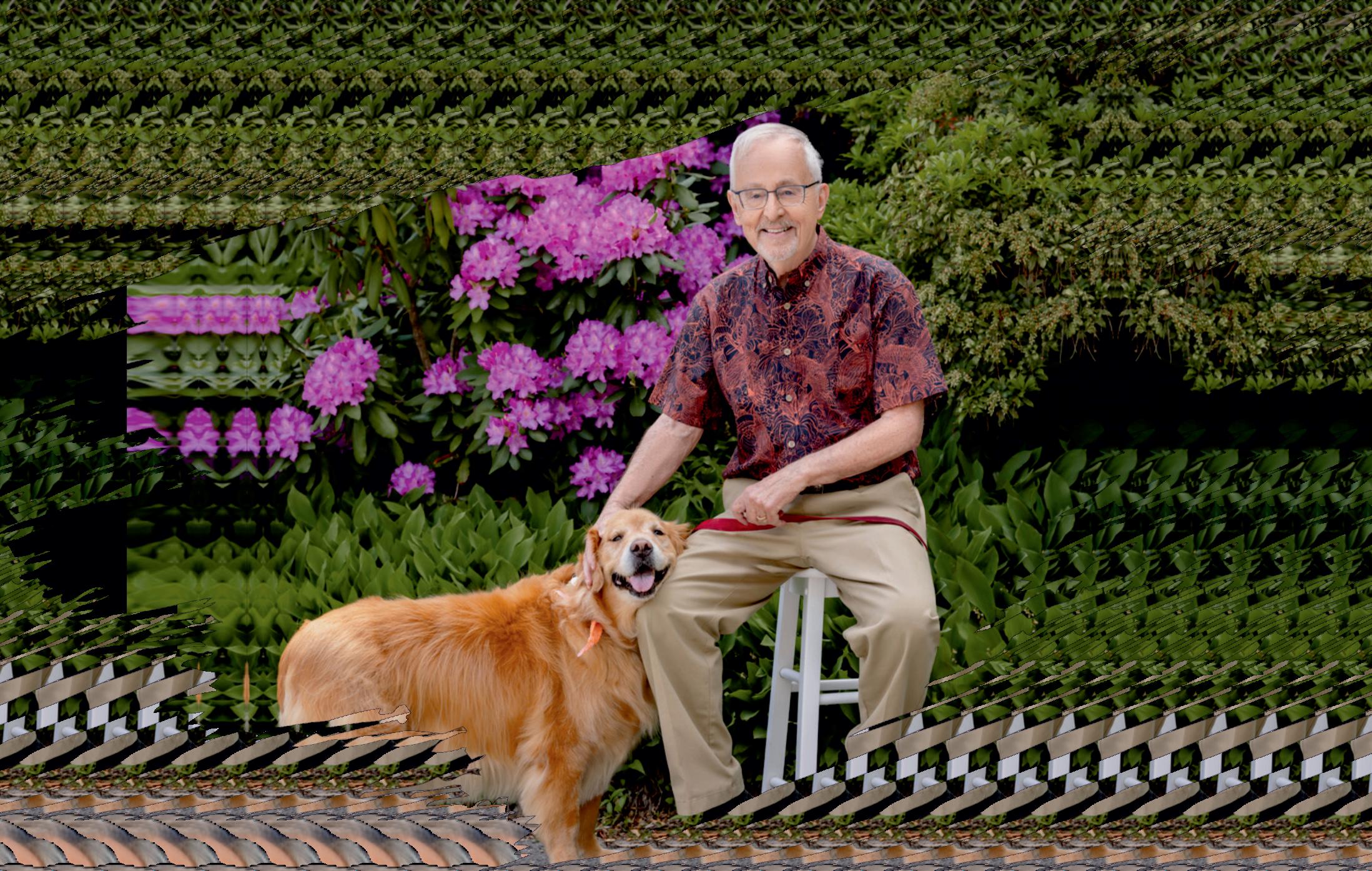
is
“He discovered that the experience of waiting
shaped far more by psychology than by the actual time spent.”
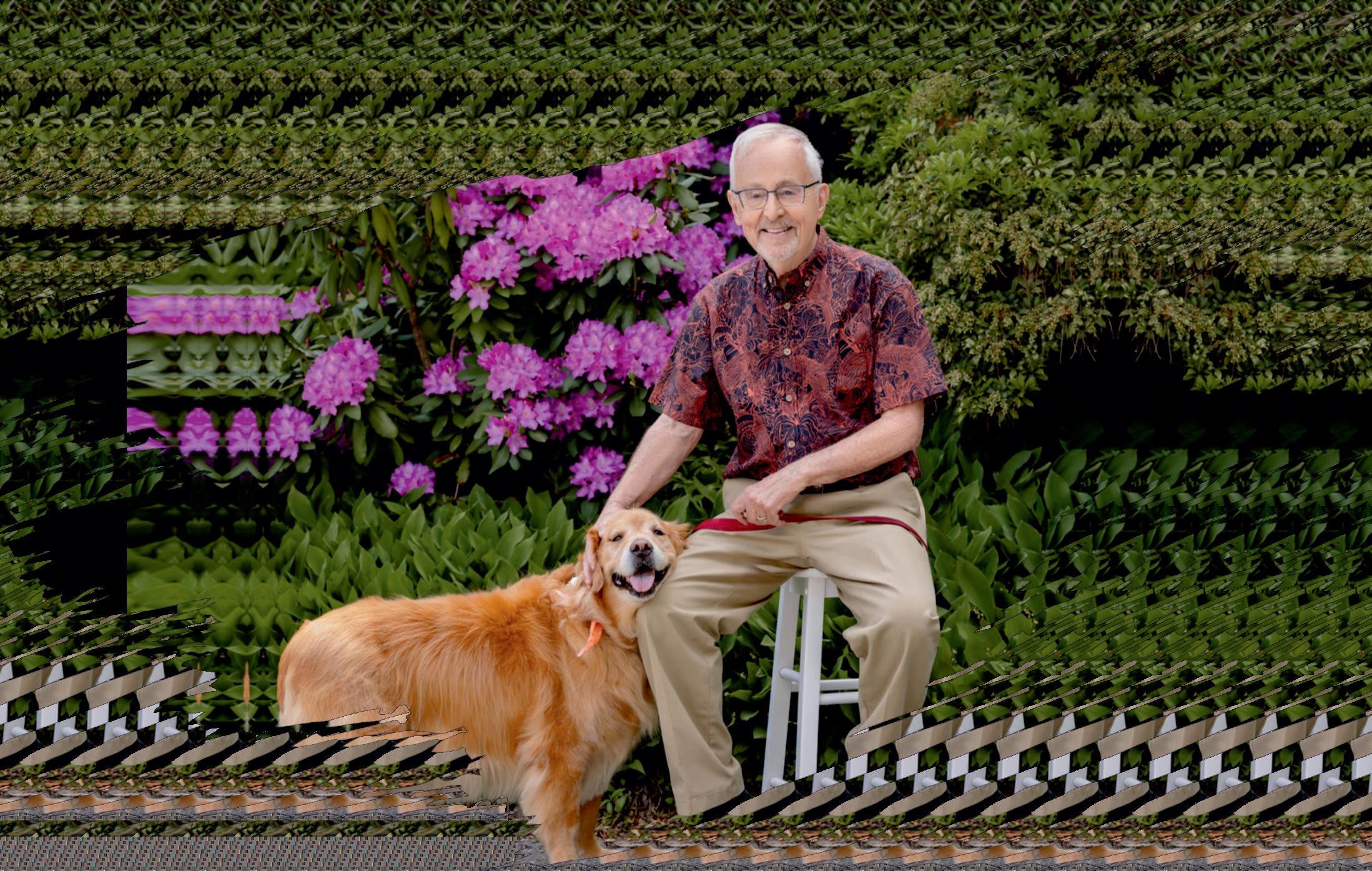
One of his most notable contributions is MIT BLOSSOMS (BlendedLearningOpenSourceScienceorMathStudies),an interactive platform of video lessons designed for global accessibility Inspiredbyhisvisittoaremotevillageschoolin China, Larson envisioned lessons that were not passive but engaging,incorporatingpausesfordiscussiontofosteractive learningamongteachersandstudentsalike.
Today, BLOSSOMS reaches students across dozens of countries, especially in regions where quality STEM educationisscarce.Hisphilosophywasclear:ignitecuriosity, don’tjustconveyinformation.
Not content with developing content alone, Larson founded the Learning International Networks Consortium (LINC) in 2002, a global network that connects educators, policymakers,andpractitionersfromover25countries.LINC fosters collaboration and knowledge exchange to harness technology in overcoming geographic and economic educationalbarriers.
Through LINC, MIT partnered with the Government of Punjab, Pakistan, to incorporate BLOSSOMS into public secondary schools — a move that demonstrably improved STEM learning outcomes. This initiative exemplifies his broadervisionofeducationasauniversalhumanrightanda driverofsocialmobility
AProlificScholarandMentor
Larson has authored more than 175 research articles and six books, addressing topics ranging from e-learning and emergencyservicestoenergymanagement.Hisworkhashad a significant impact on policies and practices across various sectors,includingsmartgridsandhospitaloperations.
Beyond his scholarly achievements, Larson is deeply rememberedforhismentorship.Studentsoftenhighlighthis warmth,approachability,andhisbeliefthatacademictheory shouldleadtotangibleimprovementsinpeople’slives.Many credit his guidance with inspiring their own contributions to fields like healthcare innovation, reflecting the lasting influenceofhiscompassionateandpracticalapproach.
PersonalDimensions:Love,Loss,andLoyalCompanions
Whileprofessionallycelebrated,Larson’slifehasalsoknown profoundpersonalchallenges.

Hewasmarriedfor43yearstoMaryElizabeth(Liz)Murray, his life’s steadfast companion until her passing in 2022. Together,theysharedahugeloveforanimals,apassionthat continuesinhislifetoday.
Larson’shomeissharedwithMaisie,agoldenretrieverwho accompanies him on quiet morning walks through the wooded trails of Massachusetts. These moments away from the demands of academia and global projects provide him with clarity and calm, a chance to reconnect with what truly matters.Thecompanionshipandunconditionalloyaltyofhis petserveasaconstantreminderofthesimpler,deepertruths beyondformulasanddata.
This same sense of empathy guides Larson’s approach to leadership.Heembodiestheprinciplesofservantleadership, prioritizinglisteningandsupportingothersaboveallelse. Hisbeliefinfreedomisalwaysbalancedbyastrongsenseof responsibility, shaping the way he interacts with colleagues, students, and communities alike. This blend of compassion andconvictionhasbeenadefiningthreadthroughouthislife andwork.
WhatsetsLarsonapartishisrefusaltoseparateintellectfrom compassion.HisoperationsresearchcoursesatMIThave
become legendary not only for their technical depth but for their storytelling weaving real-world examples from emergencyresponseandeducationthatbringabstractmathto life.
Hisoptimizationmodelsremainintegraltoolstoday,usedby cities to dispatch emergency vehicles faster, by hospitals to reduce patient wait times, and by airports to manage passenger flow where every delay can have serious consequences.
Larson’s educational initiatives reach far beyond American borders.ThroughLINCandBLOSSOMS,studentsinIndia, Pakistan, and numerous African and Asian nations have accessed STEM curricula that would otherwise be out of reach. He insisted that lessons be culturally adapted and active,notpassivedownloadsofknowledge.
Thisinternationalscopeunderscoreshisbeliefthateducation is not a privilege but a right and a catalyst for sustainable development.
Despite his enthusiasm for technology, Larson remains mindful of its limits He warns against the passive consumption encouraged by many online platforms and highlightsthepersistent“digitaldivide”—whereunreliable internetandlackofdeviceshinderlearners.
Hissolution:blendedlearning,combiningthebestofdigital tools with live instruction to foster collaboration and engagement BLOSSOMS exemplifies this approach, embeddingpausesforteacher-studentinteractionratherthan merevideoplayback.
He advocates continuous research to monitor digital learning’seffectivenessandtoadaptpoliciesastechnologies evolve.
Larson’s exceptional contributions have been recognized by numerousprestigioushonors:
• ElectiontotheNationalAcademyofEngineeringforhis leadership in operations research applied to service industries.
• FellowshipwithINFORMSforlifetimeachievement.
• The George E. Kimball Medal, recognizing distinguishedprofessionalservice.
• Multiple Educator of the Year awards, acknowledging not just his technical brilliance but his dedication to publicservice.
Theseaccoladesreflectacareerdevotedtothepublicgood,to education,andtoinnovation.
Many of Larson’s former students have gone on to become influential figures in academia, government, and industry Theyrememberhisuniquecombinationofwarmth,rigor,and practicality Hisinsistenceonconnectingtheorywithhuman benefit has inspired generations to approach research with a mission-drivenmindset.
Thoughthefieldmayseemabstract,hislife’sworkrevealsthe humanstoriesbehindeveryformula.Emergencydispatchers reachcrisesfaster,patientswaitlessinhospitals,andstudents worldwidereceivebettereducationbecauseofhisefforts.He oftensharesanecdotesofindividualshelpedbyhisresearch, underscoringthatbehindeverymodelisaperson.
LookingForwardtoLifelongLearningasaVision
Now in his 80s, Larson remains intellectually active and optimistic about the future of education. He envisions a lifelong learning journey where technology and empathy work hand in hand. Critical thinking, adaptability, and cooperationwillbekeyskillsinanever-changingworld.
He encourages educators to build inclusive systems that enhance human connection rather than replace it — a fitting capstonetoalifespentbridgingintellectandhumanity
TheMeasureofaLifeWellLived
Larson hopes to be remembered simply as someone who careddeeplyandmadeameaningfuldifferencebylistening, learning,andteaching.Forhim,thatpersonalconnectionand genuineconcernarethetruemeasuresofalifewelllived.
In a world that often moves too fast and feels detached, his story serves as a powerful reminder that the most enduring legaciesaregroundednotonlyinknowledgebutinkindness andcompassion.

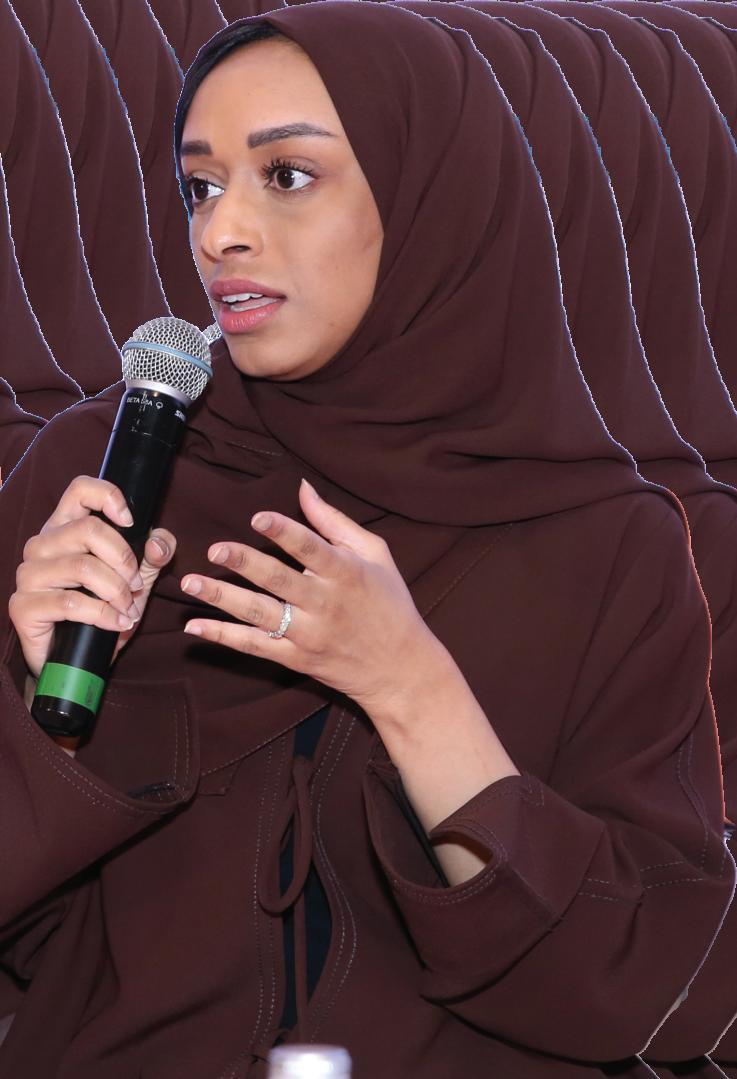

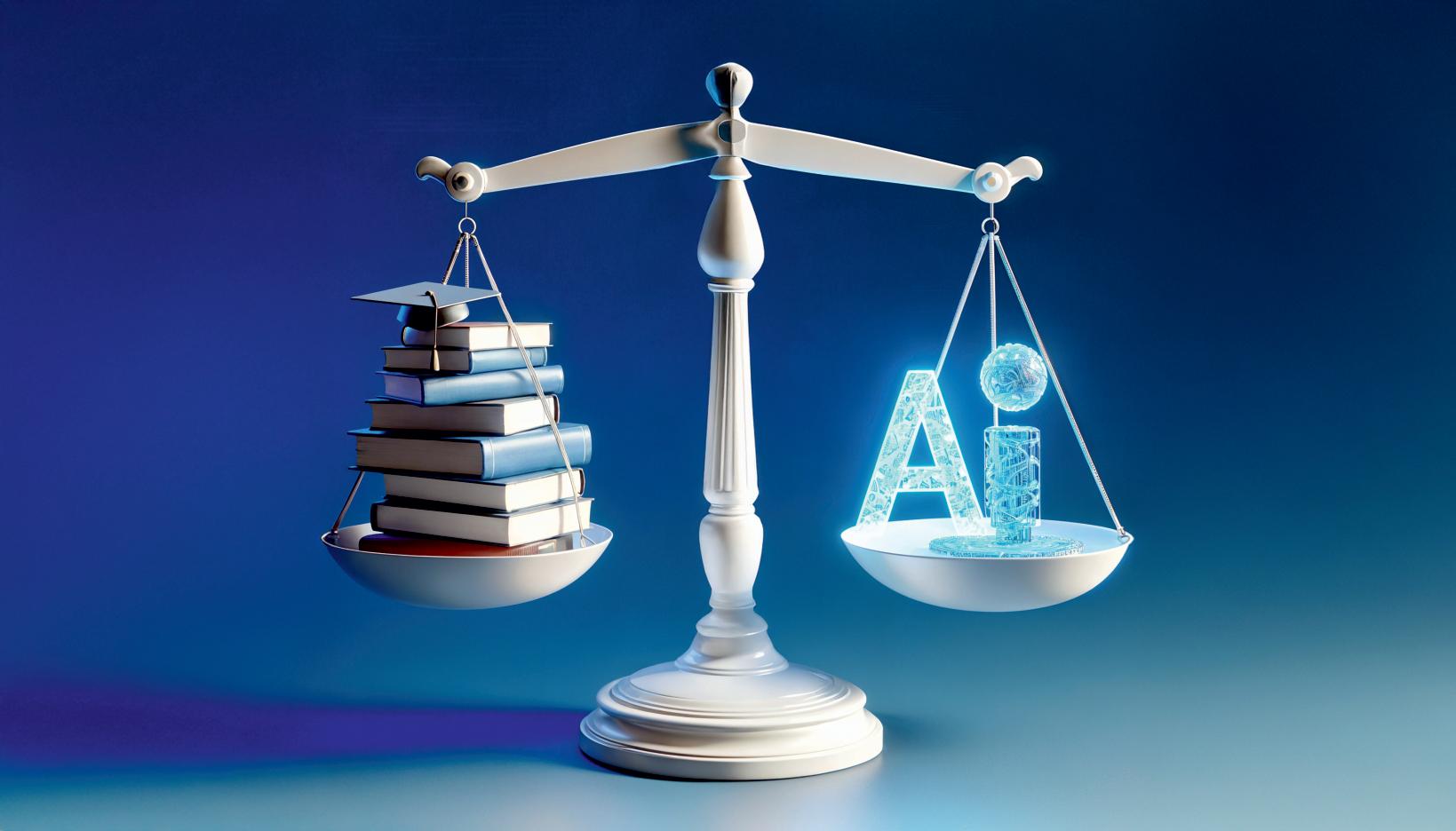
Blendedlearning,ahybridmodelthatmixesclassical teaching with contemporary technology, is a revolutionary model of education. Merging the benefits of face-to-face teaching with digital applications, it providesaflexible,active,andtailoredlearningprocess.But therightbalancebetweentechnologyandtraditionalteaching isessentialtoachievemaximumefficiencyfromit.
This article examines the tenets, advantages, difficulties, and the means to balance these practices in order to develop an idealblendedlearningenvironment.
Blended learning is face-to-face training augmented with digital materials so as to create an enthusiastic learning setting.Traditionalmethods,suchaslectures,dialogues,and practical activities, provide order, person-to-person interactionandimmediatefeedback.Technology,ontheother hand offers multimedia content, interactive space, and information-rich understanding and enables self-guided
learning and accessibility. Its vision is to take the benefit of both to enhance better performance of students without disregardingthedifferencesamongstudents.
Blendedlearninghasanumberofadvantages.Firstofall,itis flexible.Thestudentscanaccesstheresourcesonlineandcan dothelearningattheirowntimebutstillgetthefacetoface instructionswithoutgeographicalrestrictions.Asanexample, a lecture recorded after a classroom lecture, or a quiz can reinforceclassroomlectures,outsideofscheduledtime.
Second,itincreasesindividualization.Theonlineservicesare likelytoincludethefeatureofadaptivelearningsoftwarethat helps them customize it to the particular requirements of a student. To illustrate, programs like the Khan Academy or GoogleClassroomareabletomoderatethecomplexityofthe contentbasedonthestudent.Thiswillenableeachchildtobe challengedinthewaythatisappropriate.Incomparison,the conventional operation gives teachers the chance to provide
comprehensive assistance through individual work or group work.
Third, blended learning promotes immersion. Video and simulations,aswellasinteractivegamesthatareconsidered multimediaresources,makelearningprocessmoreattractive andinteractive.Combinedwiththeface-to-faceworksuchas debatesorpracticalexperiments,theycreateacomprehensive anddynamicenvironment,whichaccommodatesavarietyof learningstyles.
Lastly,itreadiesstudentsforthefuture.Throughtechnology integration, students gain digital literacy skills needed in today'sworkplaces.Atthesametime,conventionalmethods develop soft skills such as communication and teamwork to ensureabalancededucation.
Whileithasbenefits,blendedlearninghasissues.Toomuch technology can lose the human element that classroom instructiongenerallyproduces.Withoutbalance,studentscan become isolated when online portions are predominant, limiting opportunities for student interaction or teacher guidance. In contrast, too much emphasis on the traditional approach can restrict exposure to new tools, making scalabilityandadaptabilitydifficult.
Digital divide is another challenge Not everyone has consistent access to devices or internet speeds, building inequalities in learning experiences. The schools have to counteracttheseimbalancestopromoteinclusivity.Teachers alsoriskacliffeffectwhentheyimplementnewtechnologies, demandingcontinuedtrainingandsupport.
Studentinterestmustalsobemaintained.Technologycanbe fascinating,yetpoorlycrafteddigitalcontentisapttoresultin apathy or distraction. Traditional approaches can feel stale, too, unless presented dynamically. Each must balance the othercarefullytobeeffective.
Educators need to use thoughtful strategies that blend technologyandtraditionalapproachesseamlesslytosucceed withasuccessfulblend.Thesearesomeofthemostimportant strategies:
SetClearObjectives:Setlearningobjectivesthatdetermine when to employ technology or conventional teaching techniques. For instance, utilize online tools for content
presentation and practice, like setting online quizzes, while keeping face-to-face classes for discussion or problemsolving exercises that can take advantage of human interaction.
Make Use of Technology Wisely: Select tools that supplement, not supplant, face-to-face instruction. Edmodo orMicrosoftTeamscanbeusedtoallowcollaboration,while virtual simulations can allow further exploration of difficult concepts.Butmakesurethattechnologyhasadefiniteendin mind,suchassupportingalessonlearnedintheclassroom.
Prioritize Interaction: Employ old-school approaches to establishrelationshipsanddevelopcooperation.Groupwork, Socratic seminars, or peer critiques promote social learning that technology can't exactly duplicate. Supplement these withonlinediscussionforumstotakediscussionsbeyondthe classroom.
Monitor and Adapt: Leverage data from digital tools to monitor student progress and adapt instruction in response. Forinstance,analyticsfromonlinetestscanhighlightareasin whichstudentsneedhelp,enablingteacherstoteachthesein classroomsessions.Studentfeedbackregularlyreceivedcan alsoinformadjustmentstotheblendedmodel.
MaintainBalance:Donotdotoomuchofeachstrategy An example, restrict the screen time so that it does not lead to burnoutandensurethattheface-to-the-faceactivitiesarethe necessaryone.Thisbalancecanbeaccomplishedfairlywell with the help of a flipped classroom structure in which the materialwillbeviewedonlineandsubsequentlyfollowedby aseriesofinteractiveactivitiesintheclassroom.
As technology evolves, so will the capability for blended learning. Emerging technologies like artificial intelligence, augmented reality, and adaptive algorithms will continue to tailor learning. But the human element—teachers' expertise, peer-to-peer, and emotional support will never be automated.Thefutureisaboutmasteringthisbalance,sothat technology enhances, not replaces, the human connections thatmakelearning.
Institutions must also confront systemic challenges such as funding for technology and teacher training in order to maintain blended learning. Policymakers, educators, and communities all must unite and create equitable, inclusive systemsthatharnessthebestfrombothworlds.
-AlayaBrown
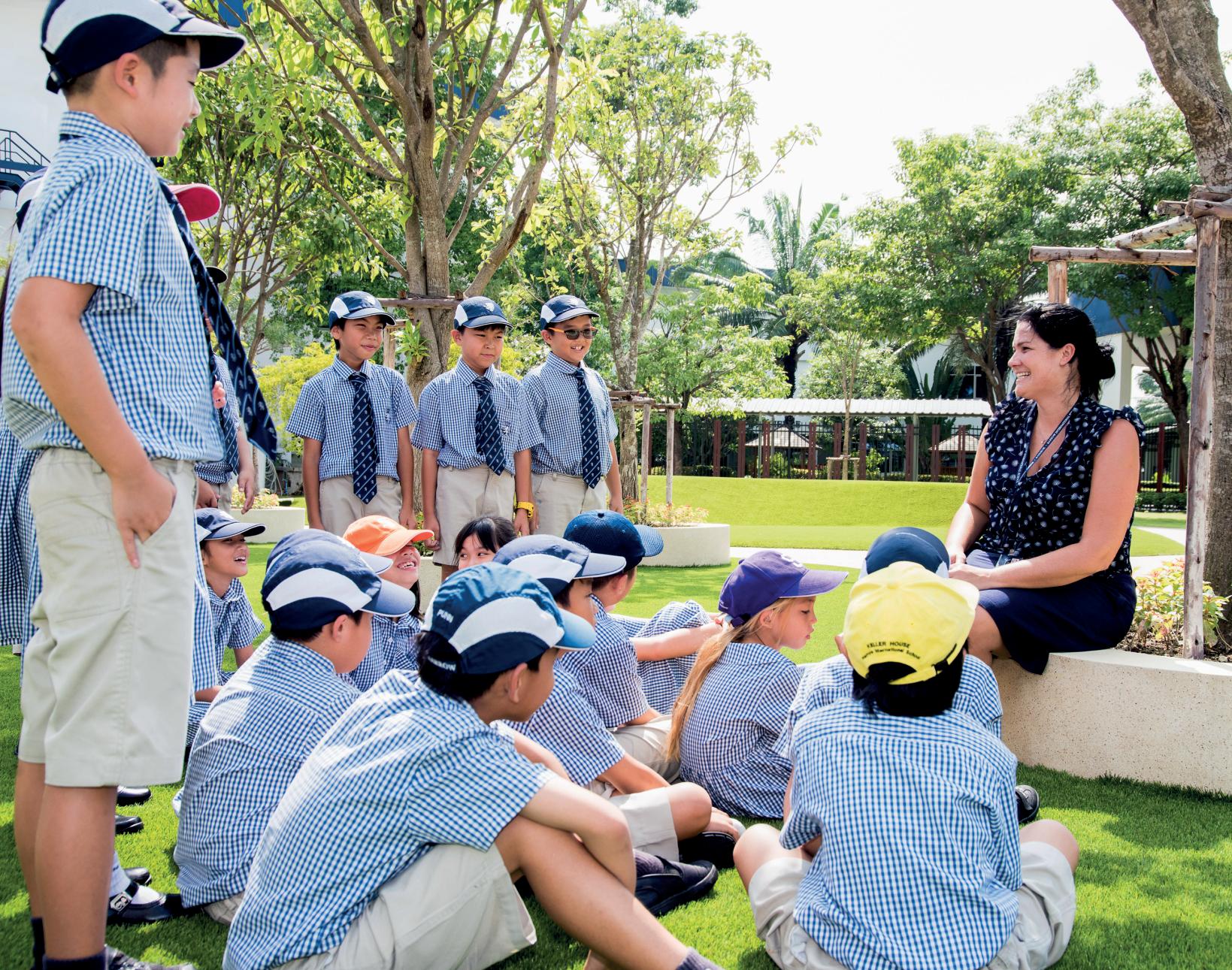





In an age characterized by increased technological progressandglobalinterdependence,thecharacteristics of effective leadership are also changing. While technical competence and intellectual ability remain paramount, the capacity to manage intricate human interactions, create collaboration, and exhibit resilience is equally important.Social-emotionallearning(SEL),anapproachthat focuses on the building of emotional intelligence, selfunderstanding, and inter-personal skills, is becoming a keystone in developing people to be leaders in the 21st century. Through the development of these skills, SEL providesfutureleaderswiththeskillstomotivate,adapt,and surviveincomplexanddynamicsettings.
Social-emotional learning is an instructional approach that integrates five fundamental skills namely self-awareness, self-management, social awareness, relationship skills and responsibledecision-making.AccordingtotheCollaborative for Academic, Social, and Emotional Learning (CASEL), these competencies are a system-wide approach to skill development through which individuals can come to better understand and manage their emotions, establish positive relationships, and make good decisions. In contrast to other academic fields, SEL focuses on so-called soft skills that createthebackboneofpersonalandprofessionalsuccessand, therefore,anessentialcomponentofleadershiptraining.
The needs of the modern leadership do not stop at the technical knowledge. The contemporary leaders should be abletodealwithcomplexsocialprocesses,tocreatetrust,and to move people to act collectively in ambiguous situations. The SEL directly handles these needs as it encourages emotional intelligence that is continually demonstrated throughresearchtobelinkedtosuccessfulleadership.A2019 study conducted by the Center of Creative Leadership determined leaders with high-emotional intelligence have a higherprobabilityofbuildingharmoniousgroups,encouraginginnovation,andachievingorganizationalresults.
Theinclusionintoeducationisalsoanimportantmeasurein shapingupfutureleaders.Nowadays,SELisalsobecominga part of academic studies, as educational institutions are teachingittostudentsinordertohelpthembereadybothto their professional and personal achievements. Mindfulness training,peermentoringandproblem-solvinggroupworkare examples of SEL practices that allow students to develop interpersonal and emotional resilience at an early age. For instance,a2021meta-analysisinChildDevelopmentshowed that students involved in SEL programs demonstrated enhanced academic achievement, better mental health, and improvedsocialskillsovertheirpeers.
By cultivating SEL in the classroom, teachers provide the foundation for students to learn to work together, communicate, and problem-solve skills that directly apply to leadershippositions.Forexample,astudentwhocanmanage stressthroughSELpracticeswillbemoreabletodealwiththe stress of making decisions in an executive boardroom. A youngadultwhoisschooledinempathywillbemorelikelyto leadwithempathy,inspiringloyaltyandcommitmentamong theirrespectiveteams.
SELintheWorkplace
The positive effects of SEL are not only limited to the classroom but also to the workplaces, and emotional intelligence in leadership development is getting more and more attention in organizations. Other companies such as Google and Microsoft have implemented SEL concepts in their training programs as they have realized that leaders that are best at self-awareness and relationship building produce improved results. For example, Google’s Project Oxygen, a study of effective management, identified emotional intelligenceas a key trait of top-performing leaders, emphasizingskillslikeactivelisteningandempathy
Workplace SEL programs, including team-building and leadership coaching, enable professionals to hone their capacity to work under high-stress conditions These programsalsoinstillacultureofpsychologicalsafety,which encourages employees to experiment and share ideas Leaders who are trained in SEL can better create such an environment,whichleadstoinnovationandresilienceinthe organization.
Albeit its advantages, SEL implementation is problematic. Lack of resources, inadequate teacher training, and differences in attitudes toward emotion expression present obstaclestoitsadoption.SELiswronglyperceivedincertain areas as secondary to academic success and neglects its potential to enrich cognitive and professional performance. Theseimpedimentscanbeaddressedbyinvestinginteacher training, culturallysensitive curricula,and public awareness programstopromotetheworthofSEL.
The possibilities, though, are vast. With automation and AI transforming sectors, human skills such as empathy and flexibility are emerging as differentiators in the labor force. Thosewhoareabletogeneratetrust,workthroughambiguity, and collaborate will be in great demand. By making SEL a priority, communities can build a next generation of leaders whoareabletoaddresstheworld'sgreatestchallenges,from socialinequalitytoclimatechange,withheartandclarity
To maximize SEL's potential, stakeholders should work together. Policymakers should embed SEL in national standards for education, ensuring equal access to programs. Schoolsandworkplacesshouldinvestinevidence-basedSEL interventions, adapting them to meet multiple populations. Parents and communities can support SEL by modeling emotionalintelligenceandcreatingsupportiveenvironments.
The contribution of SEL to developing tomorrow's leaders cannot be overemphasized. By providing people with the social and emotional skills to lead with empathy, resilience, and integrity, SEL sets the stage for a more inclusive and innovative world As the world becomes increasingly complex, the leaders who will succeed are those capable of connecting, inspiring, and evolving abilities socialemotionallearningspecificallynurtures.
-AlayaBrown







For Subscrip�on: www.insightssuccessmagazine.com
www.x.com/insightssuccess

